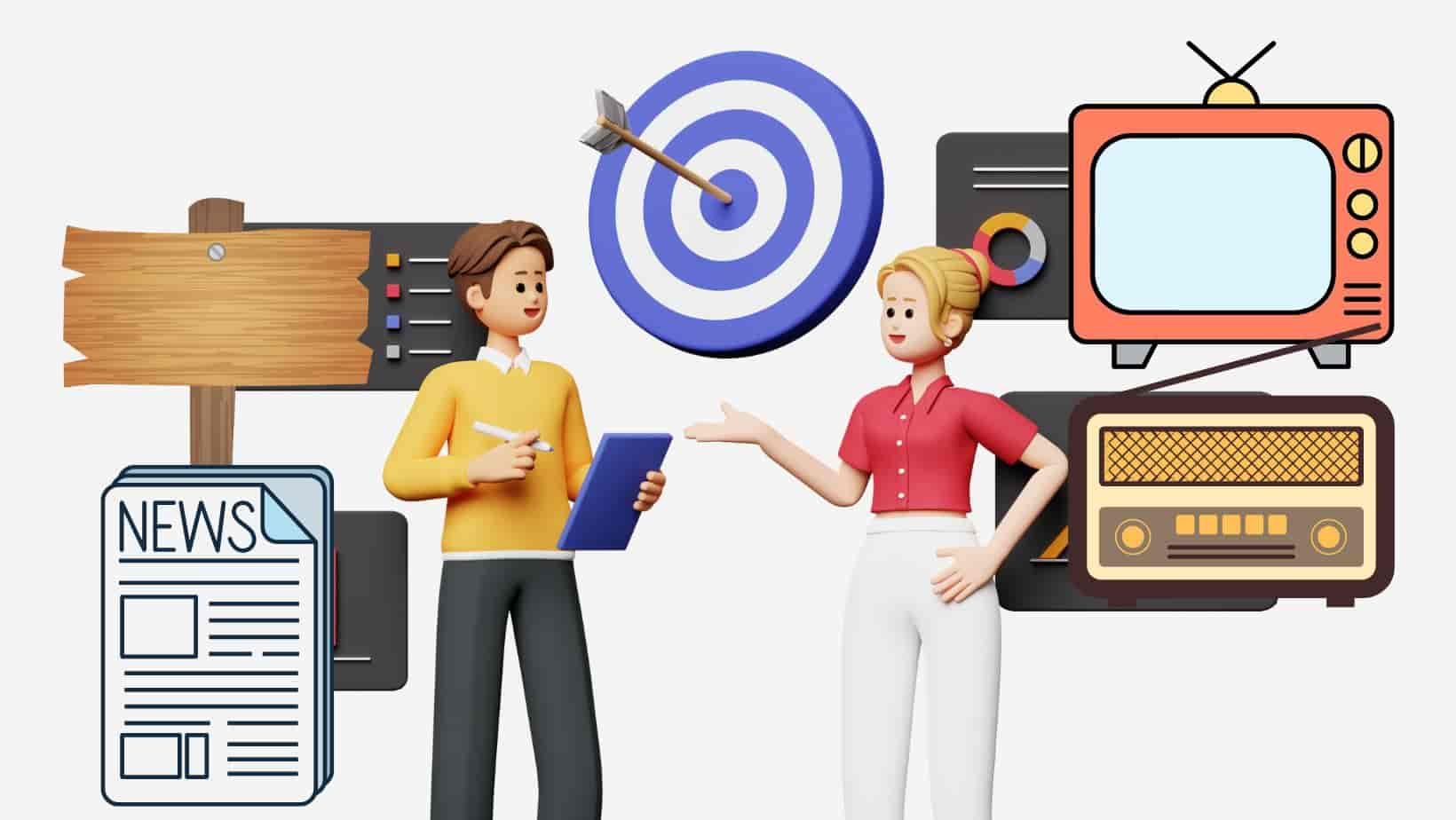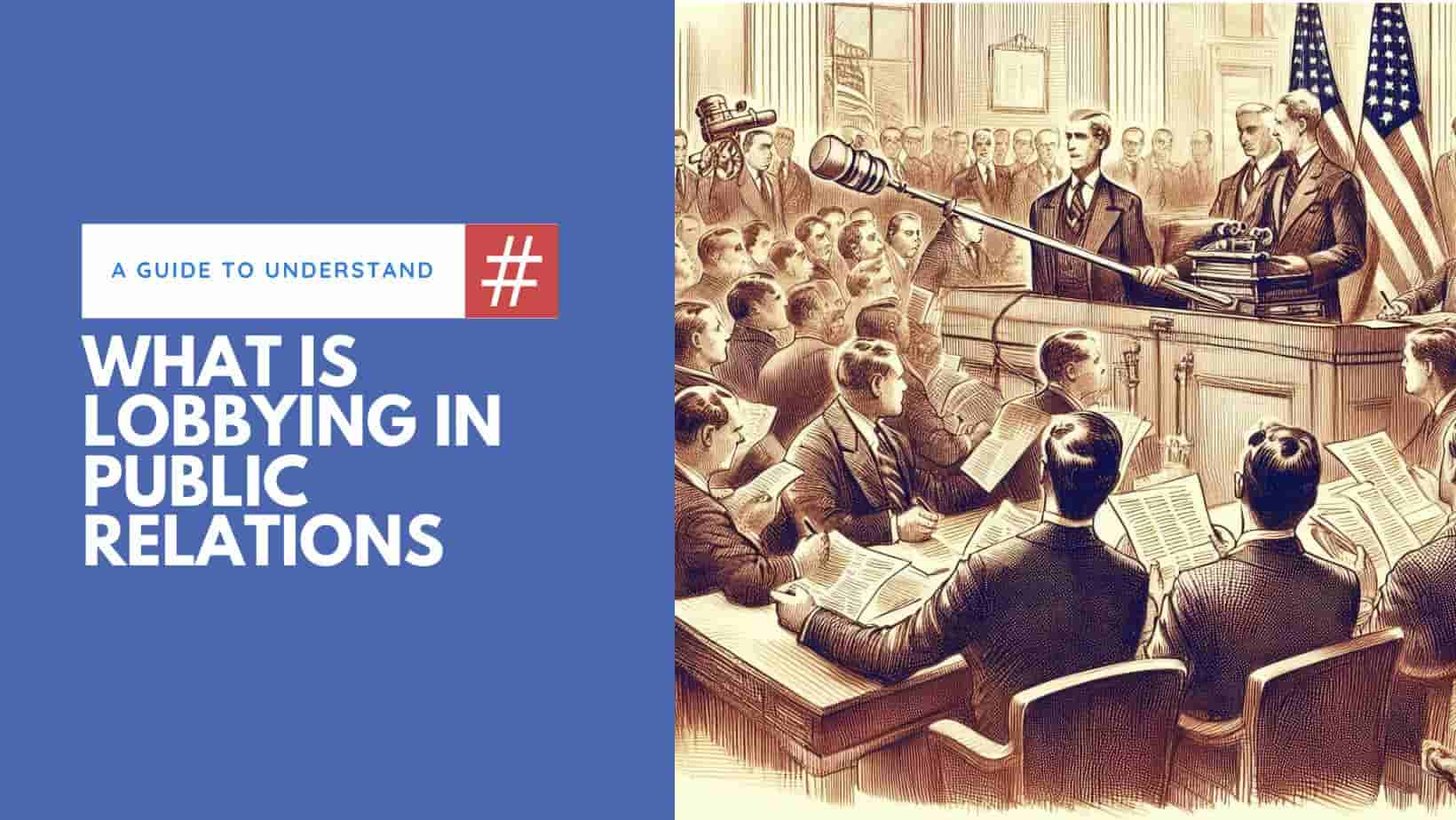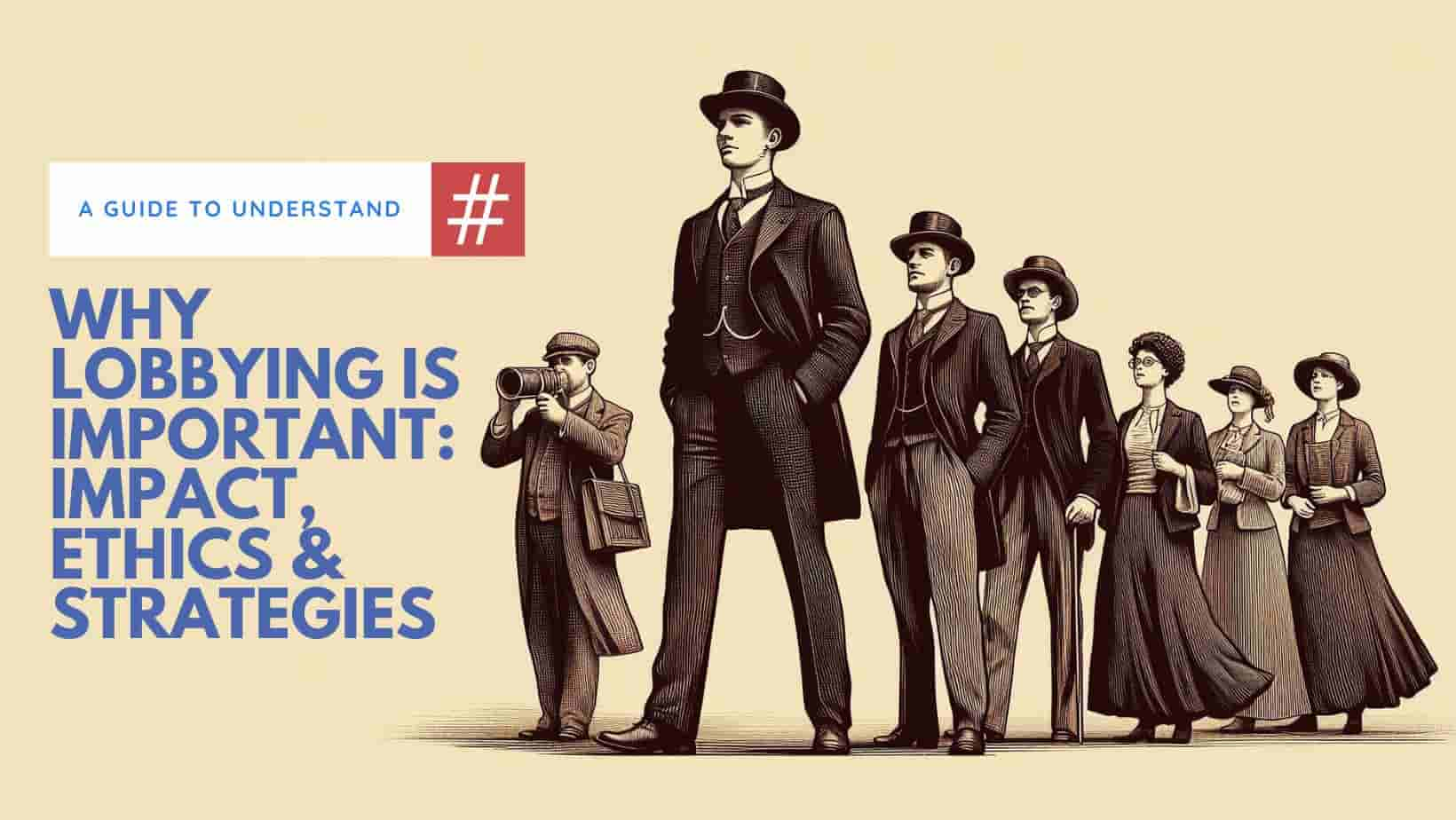Table of contents [Show]
- 1 The Timeless Power of Traditional Marketing
- 2 FAQs
The Timeless Power of Traditional Marketing
In a world dominated by digital technology and online advertising, traditional marketing still holds a significant place in the business landscape. Let's delve into what traditional marketing entails, its various forms, strategies, advantages, challenges, and how it can seamlessly integrate with modern digital strategies for maximum impact.
Introduction to Traditional Marketing
What is Traditional Marketing?
Traditional marketing encompasses conventional advertising methods that have been in use long before the advent of the internet and social media. It includes print, broadcast, and direct mail marketing, among others. Over time, it has evolved to adapt to changing consumer behaviors and technological advancements.
Importance of Traditional Marketing
Despite the rise of digital marketing, traditional methods remain crucial for reaching certain demographics and reinforcing brand presence. They offer a sense of authenticity and tangibility that digital channels often lack, making them invaluable tools in a marketer's arsenal.
Types of Traditional Marketing
Print Marketing
Newspapers and magazines have long been staples of traditional advertising. While their readership may have declined in recent years, they still hold sway over certain demographics, particularly older generations who prefer printed media.
Broadcast Marketing
Television and radio commercials reach a broad audience and are particularly effective for mass-market products or services. They offer a captive audience during popular programs, making them ideal for brand awareness campaigns.
Direct Mail Marketing
Despite the rise of email and digital communication, direct mail marketing remains a viable option for businesses looking to target specific geographic areas or demographics. Flyers, brochures, and catalogs can make a lasting impression when delivered directly to consumers' mailboxes.
Strategies in Traditional Marketing
Branding
Building a strong brand identity is essential for standing out in a crowded marketplace. Traditional marketing channels provide ample opportunities for branding, from designing eye-catching logos to crafting memorable slogans.
Event Marketing
Trade shows and sponsorship events offer face-to-face interactions with potential customers, allowing brands to showcase their products or services in a tangible way. These events create memorable experiences that can leave a lasting impression on attendees.
Word-of-Mouth Marketing
Harnessing the power of word-of-mouth referrals and testimonials can significantly impact a brand's reputation and credibility. Satisfied customers who share their positive experiences can become valuable ambassadors for your brand.
Advantages of Traditional Marketing
Tangibility
Physical marketing materials such as flyers, brochures, and promotional products provide a tangible connection between brands and consumers. Unlike digital ads that can easily be ignored or forgotten, traditional marketing materials leave a lasting impression.
Local Targeting
Traditional marketing methods allow businesses to target specific geographic areas or communities, making them ideal for local businesses or niche markets. By focusing their efforts on local audiences, businesses can maximize their marketing ROI.
Personal Touch
Face-to-face interactions at events or in-store promotions allow brands to establish personal connections with consumers. These interactions build trust and loyalty, fostering long-term relationships with customers.
Challenges of Traditional Marketing
Cost
Producing and distributing traditional marketing materials can be expensive, especially for small businesses with limited budgets. Print ads, television commercials, and event sponsorships often require significant financial investment.
Limited Reach
Traditional marketing methods may struggle to reach younger, tech-savvy audiences who prefer digital channels. Additionally, geographical constraints can limit the reach of print and broadcast advertising campaigns.
Difficulty in Tracking ROI
Unlike digital marketing, which offers real-time analytics and tracking capabilities, traditional marketing methods can be challenging to measure in terms of ROI. Without accurate data, it's difficult to gauge the effectiveness of traditional advertising campaigns.
Synergy between Traditional and Digital
Combining traditional and digital marketing strategies can create a powerful synergy that amplifies a brand's message across multiple channels. Cross-promotion opportunities and coordinated campaigns can increase brand visibility and engagement.
Utilizing Data Analytics
Integrating digital insights and data analytics into traditional marketing efforts can improve targeting precision and campaign effectiveness. By leveraging data-driven strategies, businesses can optimize their traditional marketing campaigns for maximum impact.
Conclusion
Traditional marketing may have been overshadowed by digital advertising in recent years, but its enduring power should not be underestimated. From print ads to event sponsorships, traditional marketing methods offer unique advantages that complement modern digital strategies. By integrating traditional and digital marketing efforts, businesses can create holistic campaigns that resonate with audiences across all channels.
FAQs
Is traditional marketing still relevant in the digital age? Yes, traditional marketing remains relevant for certain demographics and industries. While digital marketing has become increasingly prevalent, traditional methods offer unique advantages such as tangibility and personal interaction.
How can businesses measure the effectiveness of traditional marketing campaigns? Tracking ROI for traditional marketing campaigns can be challenging, but businesses can use methods such as customer surveys, tracking coupon redemptions, and monitoring website traffic to gauge effectiveness.
What are some cost-effective traditional marketing strategies for small businesses? Small businesses can leverage cost-effective traditional marketing strategies such as local newspaper ads, community events sponsorship, and targeted direct mail campaigns to reach their target audience without breaking the bank.
How can traditional and digital marketing strategies be integrated effectively? Integrating traditional and digital marketing strategies involves coordinating messaging and branding across multiple channels, leveraging data analytics for targeted campaigns, and maximizing cross-promotion opportunities to amplify reach and engagement.
Are there industries where traditional marketing is more effective than digital marketing? Certain industries, such as real estate, automotive, and healthcare, still rely heavily on traditional marketing due to the importance of local connections and face-to-face interactions. However, even in these industries, a blend of traditional and digital strategies is often the most effective approach.




